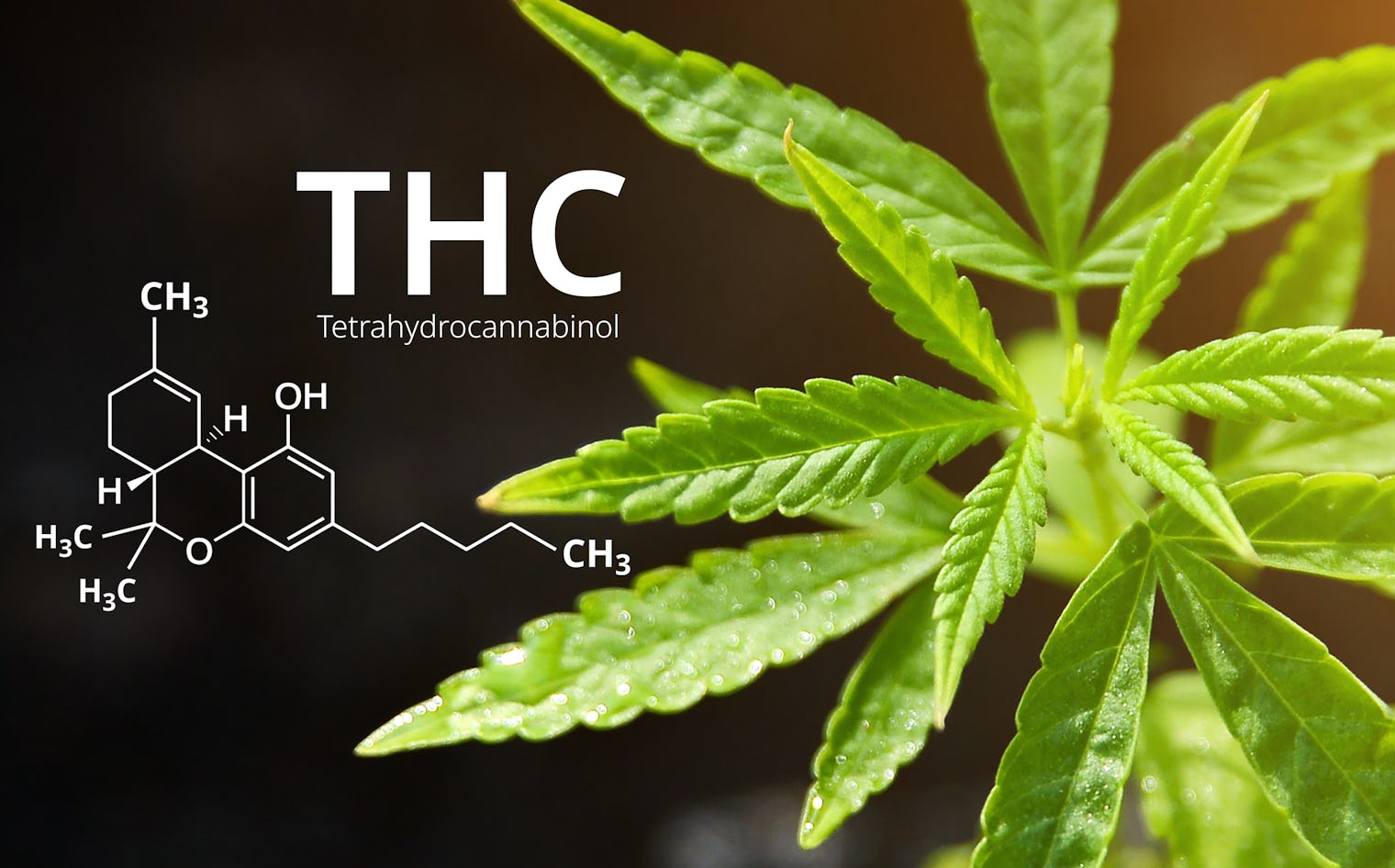Kas yra THC
Kas yra THC – An Important Cannabis Component
THC is just one of many compounds present in cannabis, and its concentration can vary widely among different strains and products. While THC is known for its psychoactive properties, it also has potential medical applications. It can be used to alleviate pain, stimulate appetite, reduce nausea, and possibly treat conditions like multiple sclerosis and certain types of epilepsy.
The simplest response to the question - kas yra THC – is that tetrahydrocannabinol, commonly abbreviated as THC, is a psychoactive compound found in cannabis plants. It is the primary chemical responsible for the intoxicating effects of cannabis consumption, often referred to as the "high." THC interacts with specific receptors in the brain and central nervous system, primarily the CB1 receptors, leading to various psychological and physiological effects.
Chemical structure
THC has the chemical formula C21H30O2 and is classified as a cannabinoid. Its structure consists of a pentyl side chain (5-carbon chain) attached to a bicyclic ring system.
Effects
THC binds to cannabinoid receptors in the brain and central nervous system, primarily targeting the CB1 receptors. This interaction results in a range of psychoactive effects, including:
- Pain relief
THC has been used for its analgesic properties and may help in managing various types of pain, including chronic pain conditions like neuropathy and fibromyalgia. It can work by interacting with the endocannabinoid system, which plays a role in pain modulation.
- Appetite stimulation
THC is known to stimulate appetite, which can be beneficial for individuals dealing with eating disorders, chemotherapy-induced nausea and vomiting, or conditions that lead to appetite loss.
- Nausea and vomiting relief
THC has antiemetic properties, meaning it can help reduce nausea and vomiting. This can be especially helpful for patients undergoing chemotherapy or those with certain gastrointestinal disorders.
- Cognitive effects
THC's altered perception and thought processes can lead to novel insights and creative thinking. However, these effects can also impair cognitive function and memory, particularly in higher doses.
- Neuroprotection
Some research suggests that THC may have neuroprotective properties, meaning it could potentially help protect brain cells from damage or degeneration. This could have implications for conditions like Alzheimer's disease.

Routes of administration
THC can be consumed in various ways, each having different onset times, durations, and effects. Here are some common methods of consuming THC:
- Smoking
Smoking cannabis is one of the most traditional methods of consuming THC. It involves inhaling the smoke produced when the dried and cured flowers of the cannabis plant are burned. This method provides a quick onset of effects, usually within minutes, but the effects may wear off relatively quickly as well.
- Vaping
Vaporizing, or vaping, involves heating the cannabis flower or cannabis oil to a temperature where the active compounds, including THC, are released as vapor. Vaping is considered to be less harmful than smoking because it doesn't involve combustion and the production of many of the harmful byproducts of burning plant material.
- Edibles
THC can be infused into various food and drink products, creating edibles. These include brownies, gummies, chocolates, beverages, and more. When consumed in this way, the effects take longer to kick in, usually around 30 minutes to 2 hours after consumption, because the THC must be metabolized by the digestive system. The effects can also last longer, sometimes for several hours.
- Tinctures
THC tinctures are liquid extracts of cannabis that are often placed under the tongue using a dropper. This method allows for sublingual absorption, which can result in faster onset compared to edibles. Tinctures can also be added to food or beverages.
For more details visit: https://cbdkanapiualiejus.lt/kas-yra-thc-tetrahidrokanabidolis-poveikis-legalumas/
Comments
Post a Comment